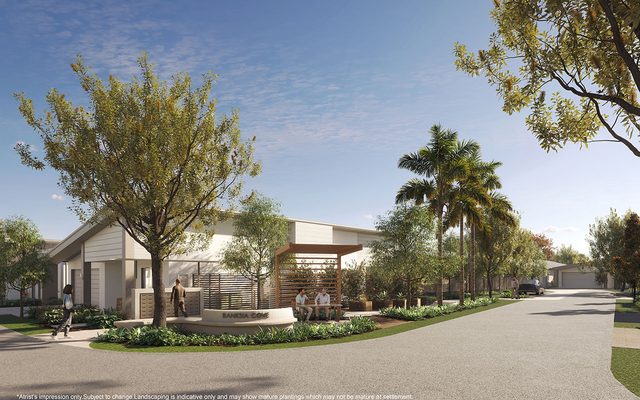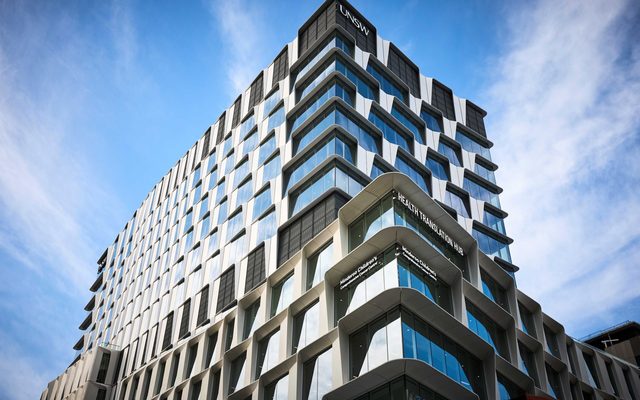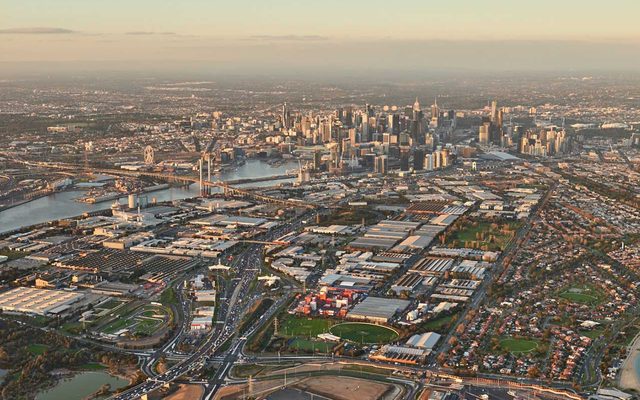This article is from the Australian Property Journal archive
THE NSW education sector’s $50-billion plus property portfolio consists of real estate assets primed for additional revenue-generating ventures and could become new “innovation districts”, according to a new paper released by the Property Council of Australia, and there are opportunities for the property industry to help unlock these and share in benefits.
The Property Council’s Precincts Discussion Paper called for better ways for industry and government to work together to add more value to projects as institutions optimise their footprints or reposition their portfolios, stimulating the local economies around them.
“Shifting the focus of education precincts from being purely places to learn, ecosystems of retail, office, research facilities and residential uses will drive real economic and social growth as well attract students and staff,” the paper said.
“Innovation precincts” already in train include the Tech Central precinct on the Sydney CBD fringe, where Atlassian will have its Dexus-built headquarters as the area becomes Australia’s answer to Silicon Valley, and which takes in the University of Sydney, UTS and Royal Prince Alfred Hospital.
Another is the Westmead healthcare and research precinct, a project by Charter Hall and Western Sydney University (WSU) where the Innovation Quarter (iQ) healthcare, medical research, education and training facility was recently completed. WSU occupies 47% of iQ, alongside the CSIRO, Telstra Health, Psych Central and WentWest. The precinct will ultimately be home to four major hospitals, six leading medical research institutes and two university campuses.
Others include the Macquarie Park Innovation District and the Liverpool Health & Innovation Precinct. The Western Sydney Aerotropolis is an emerging innovation district.
Property Council’s NSW acting executive director Adina Cirson said the property industry should consider what it can do and how it can innovate as an enabler for these opportunities so they can ultimately share in the flow-on benefits of precincts.
“Co-investment in developments with the private sector can leverage the economic output of innovation districts and precincts more generally by combining the strengths of academia with commercialisation of industry partners.”
In 2020 the value of the NSW education sector’s property portfolio was approximately $52 billion, she said, and it currently consists of real estate assets that are primed for reapplication toward additional revenue-generating ventures.
The education sector contains a weighty asset portfolio. The book value of the NSW Department of Education alone totals more than $33 billion; NSW’s top 10 public universities make have a portfolio of $18.5 billion that exceeds some of Australia’s REITs.
The paper suggests that in addition to commonly leveraged debt and equity re-financing, the property industry may consider supporting sale and leaseback as well as wrap and swap opportunities, and from a development point of view, invest in multi-use buildings with flexibility to increase value and attraction to potential education investors by allowing them to respond to changing needs and demands with multiple tenant sectors.
For new developments, property players could partner with consortiums to underwrite tenant pre-commitments, or for developments with integrated fit-outs, consider offering better leasing terms and conditions in exchange for early commitments.
“Enabling these short-term plays in the face of relatively poor – and certainly disrupted – sector performance could enable long-term wins for both developers and the education sector.”
What makes an innovation district “sticky”?
The paper outlined an “innovation ecosystem” comprising economic assets (firms, institutions, and organisation that drive or cultivate the environment), physical assets (the buildings and privately-owned spaces) and networking assets (relationships between individuals, firms and institutions).
It echoed the question raised by the Brookings Institute of “What makes an innovation district sticky?” Among the most common “ingredients of a sticky ecosystem” according to a Property Council survey were the calibre of industry partners within the precinct, transport connections, an attractive, inviting and accessible public domain, organised collaboration opportunities for students, researchers, start-ups and investors, and depth of research talent available for partnering.
“Importantly, innovation districts need time, investment, and an overarching framework and governance model that allows for organic growth, whilst simultaneously providing guaranteed and ongoing support,” the paper said.
Cirson said the NSW government has a role to play in being an enabler in the initial establishment of precincts, providing clarity around taxation and planning pathways and encouraging precincts to develop their own governance structures as they mature through their life cycle.




